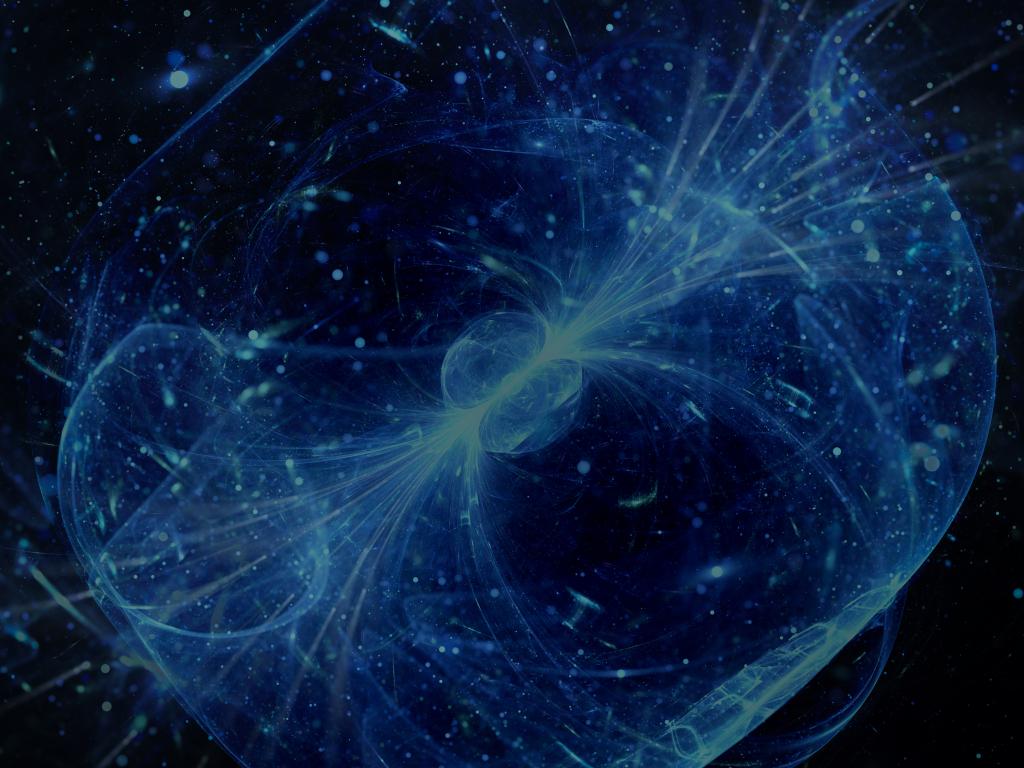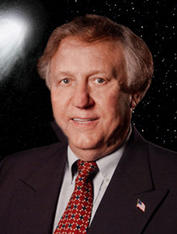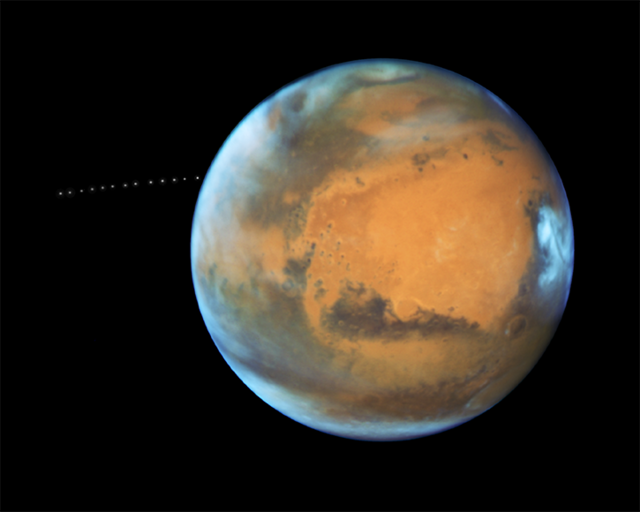Admission CTAs
Mason scientist leads an international effort to study the moons of Mars
A George Mason University scientist has been chosen to head an international team charged with learning more about the moons of Mars as a harbinger of possible human exploration of the red planet.
Thomas Duxbury, a research professor of planetary science within the Department of Physics and Astronomy in Mason’s College of Science, will lead a collection of international space agency representatives called the Phobos/Deimos Working Group (PDWG) in reference to the two moons orbiting Mars.
The group of scientists, which represents four space agencies—NASA, the European Space Agency (ESA), the Japanese Aerospace Exploration Agency (JAXA) and the Russian Space Agency (Roscosmos)—will begin robotic exploration of the two moons as possible stepping stones to human exploration of Mars.
“I am somewhat a simple country boy from Indiana, so to be leading these international explorations of the planet has been amazing,” Duxbury said. “My dream was initially to be an astronaut, but when I became too big to fit into a space capsule, I had to reinvent myself to explore the planets robotically, rather than as an astronaut.”
“Tom’s recent appointment as the lead on the International Phobos/Deimos Working Group (PDWG) is an incredible opportunity for him, and for Mason, to be involved in the exploration of the moons of Mars,” said Michael Summers, Duxbury’s friend and a Mason professor of planetary sciences and astronomy.
“Those studies will pave the way for robotic sample return missions from these bodies, and that will eventually lead to the human exploration of Mars and its moons. The exploration of Mars is a central focus of NASA’s space program, and Tom’s leadership role will provide opportunities for further Mason faculty and student participation in deep space exploration.”
Duxbury is no stranger to deep space missions, having led or participated in a number of previous efforts to learn more about Mars, Phobos, Deimos and our moon. He was very active in the U.S. efforts with the Mariner 9 Mars orbiter, the two Viking orbiters and the Spirit and Opportunity Mars rovers. Duxbury was the only American in Moscow supporting the Soviet robotic landing on Phobos—Mars’s inner moon—in 1988. He served as a leading scientist on the Russian Mars 1996 mission, and he was the only American who worked in Moscow to support the Russian Phobos Sample Return Mission in 2011. Duxbury also led the U.S. Stardust mission that returned cometary samples back to Earth in 2006.
The four space agencies will each make their own unique contributions to the latest project, he explained. NASA is most interested in obtaining complete access to both the new data and the treasure trove of surface samples expected to be brought back to Earth from future explorations that Duxbury’s group will enable.
“NASA thought it is in the U.S.’s interests to help other space agencies be successful in their planetary explorations because these missions are what the U.S. would like to do,” he said. “So it is a win-win for all the countries involved by participating in each other’s programs.”
Duxbury is currently leading the ESA’s Mars Express orbiter mission exploration of the two moons, and is participating in the same exploration by the U.S. 2001 Mars Odyssey orbiter.
Duxbury is credited with having invented the interplanetary optical navigation technique that allows the precision fly-bys and orbiting of Mars and the outer planets that is now being used by all space agencies.
Duxbury worked with the Soviet and European space missions during the period when the Soviet Union broke up and the Berlin Wall came down.
“It has been so exciting to see the world change,” Duxbury said, “and I was able to see it firsthand, in person.”


